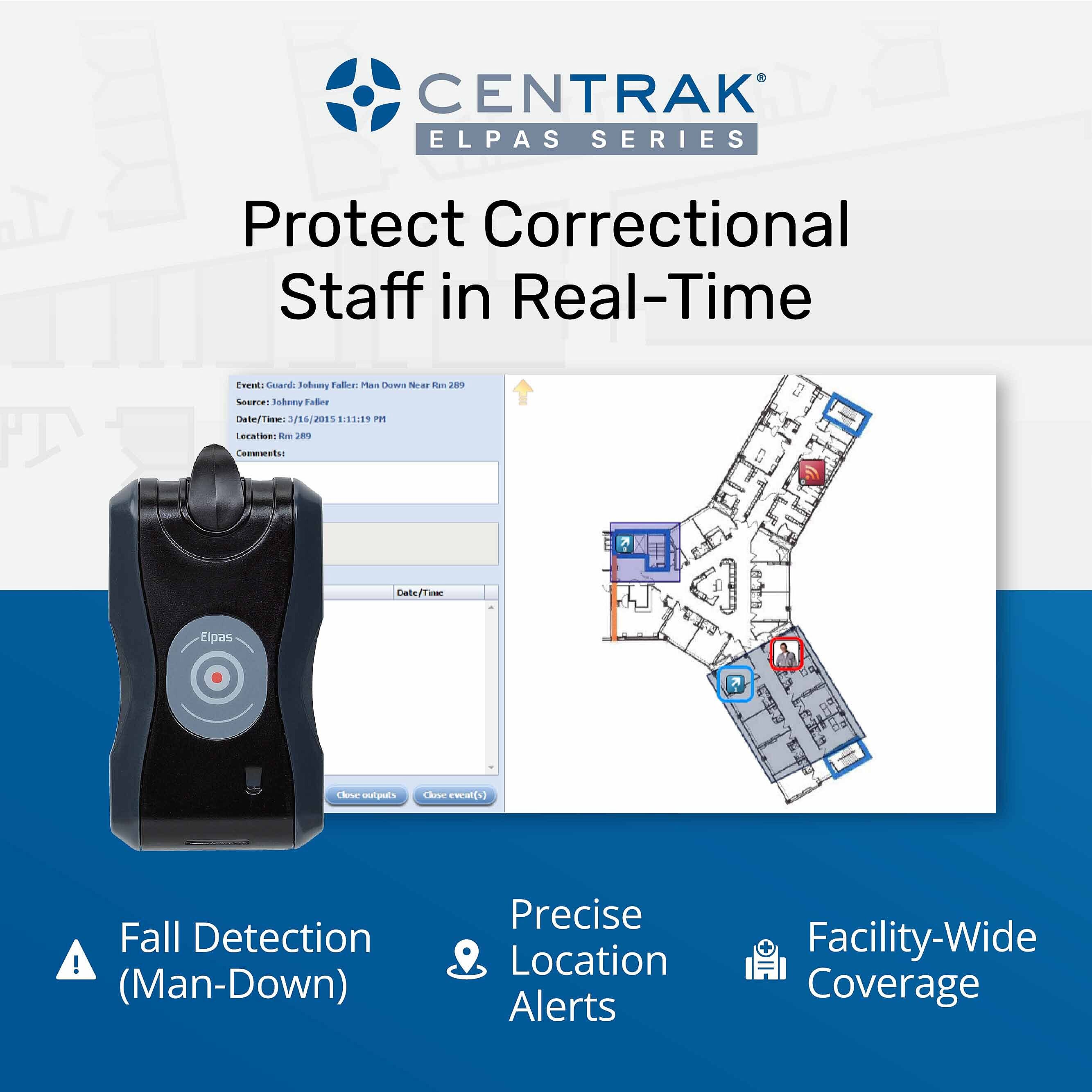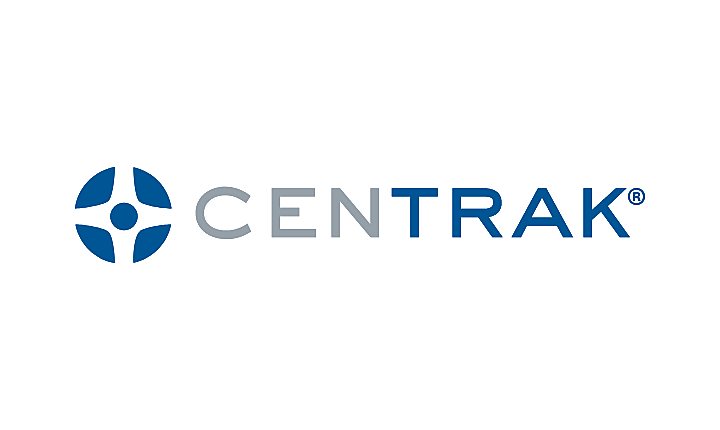How to Successfully Implement a Patient Flow Solution

Patient flow solutions are a proven way to optimize workflows and provide an enhanced experience for patients and their families. Modern patient flow solutions for healthcare use indoor location technologies to provide information on patient location and status in real time. With these capabilities, patients are empowered to self-check, family members can stay up to date on the progress of care of their loved ones, and healthcare providers can be proactive if any signs of bottlenecks appear.
Here are a few of our suggested best practices for efficiently implementing a patient flow solution:
1. Look at the big picture
When thinking about implementing a patient flow solution, you need to avoid looking at it as a stand-alone system. Ideally, a patient flow solution should be a part of a healthcare system’s Patient Experience Strategy. The benefit of this holistic approach is that it allows for a seamless patient experience and identifies how existing (and future) systems and processes can work together to enhance patient experience. For example, when integrated with a scheduling system, a patient flow solution can send automatic reminders about an upcoming visit, and if you connect it with a wayfinding solution it can provide patients with information regarding the fastest way to get to their appointment. A patient flow solution can also provide location information to other systems, such as Electronic Health Records (EHR), informing staff about the actual patient location and triggering notifications about patient wait times.
2. Start with the end in mind
It is critical to know what your organization is trying to accomplish by implementing a patient flow solution. Determine up front what Key Performance Indicators you are planning to focus on. List them, along with your current benchmarks (many times these starting benchmarks will be anecdotal or based on using stopwatches). Then set your goal. These goals might differ across your various departments; some might want to focus on reducing time to registration, some on reducing time without a provider, and for others it could be room turnover. And just a reminder that you need to know these objectives before your quest for selecting a patient flow solution, as there are many solutions that fall under the category of patient flow, but their capabilities to impact workflow in the moment AND to provide analytics for process improvement vary significantly.
3. Leverage your current investments
Make sure you evaluate your existing investments in technology to find the most economical way for your organization to deploy the patient flow solution. For example, existing RTLS infrastructure your organization is using for asset management, could be used to enable a patient flow solution.
4. Create a governance structure
To ensure the ongoing success of the initiative, you need to create a proper governance structure. Be sure your executive steering committee includes members from various parts of the organization, including engineering, patient experience, facilities, process improvement, and marketing. And don’t forget to set aside time for change management meetings to discuss and approve any necessary changes to the system or policies impacted by the implementation of the patient flow solution.
5. Account for system upkeep
When planning for a patient flow solution, you also need to account for system maintenance, which includes cleaning patient tags, as well as replacing batteries in patient tags and location sensors. Without a concentrated focus on system upkeep, the system will provide inaccurate information, which will result in staff not trusting the solution and quickly abandoning its use. Further, when we say “account for system upkeep,” we mean that you need to have specific roles and task assignments. Also, make sure they are budgeted and resourced appropriately, so they don’t accidentally fall off the table.
6. Take time to audit the system
Together with system upkeep comes system audits. You need to regularly audit the system to verify it is working properly and that user adoption increases. This can be accomplished by reviewing the number of family notifications sent from the system, and monthly active users, as well as monitoring patient surveys. If you see any red flags, you need to act quickly to fix the issue.
7. Measure and share success
It is critical to continually evaluate how the use of a patient flow solution impacts patient experience and operational efficiencies. In addition to the standard patient satisfaction indexes, such as Press-Ganey, there may also be value in training greeters to ask for feedback when patients are departing. On the operational side, review data related to on-time visits and an overall volume of patient visits to see if there is a correlation between the use of a patient flow solution and patient throughput. Finally, if your patients are willing to share their experiences, don’t forget to include it on your website, social media, or a newsletter to further promote the use of the system.
These are just a few examples of best practices that can significantly contribute to a successful patient flow solution. If you have specific questions, please reach out to us. We will gladly share more insights.






